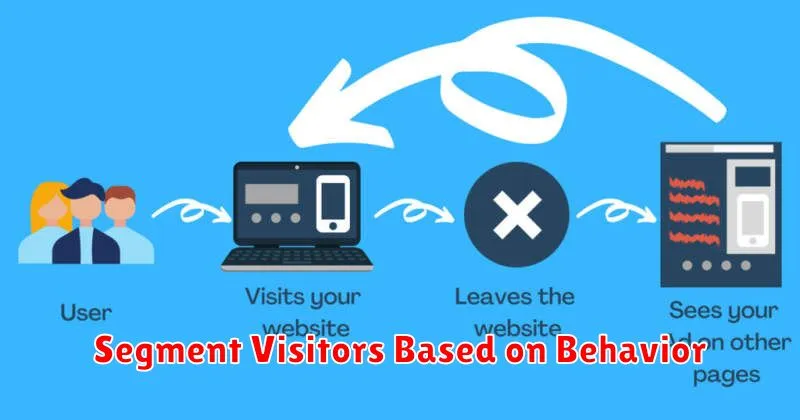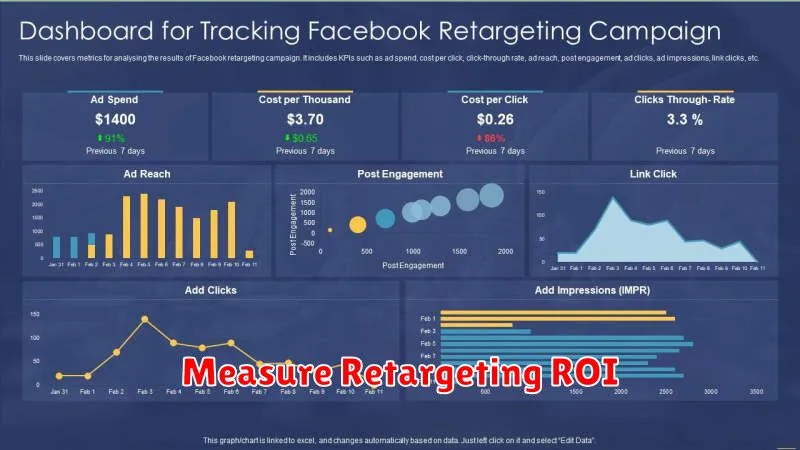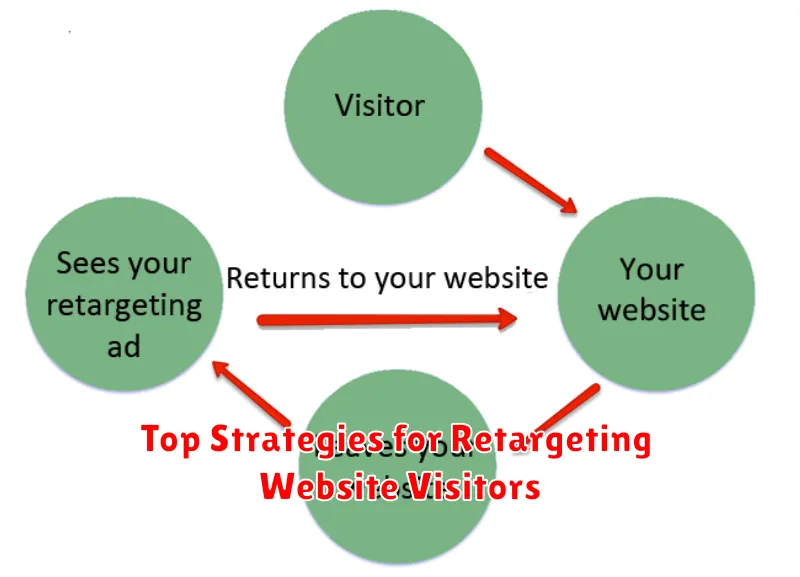Are you struggling to convert website visitors into paying customers? Do you feel like you’re losing potential sales due to abandoned carts or a lack of follow-up? Retargeting is a powerful digital marketing strategy that allows you to re-engage with users who have previously interacted with your website. By strategically displaying targeted ads to these individuals, you can effectively remind them of their interest in your products or services, ultimately increasing conversions and maximizing your return on investment. This article will explore the top strategies for retargeting website visitors and turning them into loyal customers.
Effective retargeting requires a comprehensive understanding of your audience and their behavior on your website. By analyzing website data and segmenting your audience based on factors like pages visited, products viewed, and time spent on site, you can tailor your retargeting campaigns for optimal performance. From utilizing dynamic retargeting to leverage personalized product recommendations to employing sequential retargeting to guide users through the sales funnel, this article will equip you with the knowledge and tools to create highly effective retargeting strategies for your business. Learn how to recapture lost opportunities and drive significant growth through strategic retargeting of your website visitors.
What Is Retargeting?
Retargeting, also known as remarketing, is a powerful digital marketing strategy that allows you to reconnect with users who have previously interacted with your website or mobile app. It focuses on displaying targeted advertisements to these individuals as they browse other websites or use social media platforms.
Imagine a potential customer visits your website, browses a few products, and then leaves without making a purchase. Retargeting enables you to re-engage this customer by showing them ads featuring the specific products they viewed, reminding them of their interest and encouraging them to return and complete the purchase.
This technique leverages cookies placed on a user’s browser during their initial visit to track their activity and identify them as they navigate elsewhere online. This allows advertisers to deliver personalized ads that are more relevant and likely to resonate with the individual.
Segment Visitors Based on Behavior

Behavioral segmentation is crucial for effective retargeting. It allows you to tailor your messaging to specific actions visitors took on your website. This personalized approach significantly increases the chances of conversion.
Consider these common behavioral segments:
- Product Viewers: Target users who viewed specific products but didn’t purchase. Showcase the viewed items again, perhaps with a small discount or free shipping.
- Shopping Cart Abandoners: Remind users of the items left in their cart. Highlighting scarcity or offering a limited-time incentive can encourage completion of the purchase.
- Engaged Content Consumers: Users who spent significant time on specific blog posts or product pages demonstrate a strong interest. Retarget them with related content or offers to nurture their interest.
- Repeat Visitors: Reward loyal visitors with exclusive discounts or early access to new products. This strengthens their connection with your brand.
By analyzing user behavior and segmenting your audience accordingly, your retargeting campaigns will be far more effective and yield a higher return on investment.
Use Dynamic Ads
Dynamic retargeting ads take personalization to the next level. These ads dynamically generate content based on the specific products or services a user viewed on your website. This precise targeting delivers highly relevant ads, increasing the likelihood of a conversion.
Imagine a customer browsing shoes on your e-commerce site. With dynamic ads, you can retarget them with ads showcasing the exact shoes they viewed, along with similar items. This reminds them of their interest and encourages them to return and complete the purchase.
Key benefits of dynamic ads include increased click-through rates, improved conversion rates, and a higher return on ad spend. By tailoring the ad content to each individual, you create a more engaging and effective advertising experience.
Set Frequency Caps
A crucial aspect of retargeting is setting frequency caps. This limits the number of times your ads are shown to the same individual within a specific timeframe. Overexposure can lead to ad fatigue, where your audience becomes annoyed or indifferent to your message, decreasing the effectiveness of your campaigns and potentially damaging your brand image.
Finding the right balance is key. Too few impressions, and your message might not resonate. Too many, and you risk irritating potential customers. Start with a moderate frequency and monitor your campaign’s performance. Look for metrics such as click-through rates, conversion rates, and view-through conversions to determine the optimal frequency for your target audience.
Consider A/B testing different frequency caps to find the sweet spot. For example, test a frequency cap of three impressions per day against five impressions per day. Analyze the results and adjust accordingly to maximize your return on investment while maintaining a positive user experience.
Create Custom Landing Pages
A generic landing page from your main website might not be the most effective way to recapture a visitor’s interest. They’ve already seen it, and it clearly didn’t convert them the first time. Targeted landing pages crafted specifically for retargeting campaigns are key.
These pages should address the specific interests or behaviors the visitor exhibited on your site. For example, if they browsed a particular product category, your retargeting landing page should prominently feature those products and related offers.
Consider these key elements for effective retargeting landing pages:
- Concise messaging: Remind visitors what they viewed and quickly present your value proposition.
- Compelling offers: Incentivize conversions with discounts, free shipping, or other promotions.
- Clear call-to-action: Make it easy for them to complete the desired action.
Measure Retargeting ROI

Measuring the Return on Investment (ROI) of your retargeting campaigns is crucial to understanding their effectiveness and optimizing for better results. Calculating ROI involves comparing the revenue generated from retargeting against the cost of the campaigns.
A simple formula for calculating ROI is: (Revenue - Cost) / Cost * 100%. For example, if your retargeting campaign generates $2,000 in revenue and costs $500, your ROI is ($2,000 - $500) / $500 * 100% = 300%.
Key Performance Indicators (KPIs) to track include:
- Click-Through Rate (CTR): Measures how often your retargeting ads are clicked.
- Conversion Rate: Tracks the percentage of clicks that result in desired actions, such as purchases or sign-ups.
- Cost Per Acquisition (CPA): Calculates the cost of acquiring a new customer through retargeting.
By consistently monitoring these metrics, you can identify areas for improvement and ensure your retargeting efforts contribute positively to your bottom line.
Test Different Messaging
A crucial aspect of retargeting is experimenting with various messaging strategies to identify what resonates best with your target audience. Testing allows you to optimize your campaigns and improve conversion rates. Don’t assume you know what will work; let data guide your decisions.
Consider testing different value propositions. Highlight free shipping versus a percentage discount. Emphasize product benefits over features. See which approach drives more conversions.
Also, experiment with the tone and style of your messaging. A more informal, humorous tone may work well for one audience, while a professional, informative approach may be more effective for another.
A/B testing is a valuable tool in this process. Create multiple ad variations with different messaging and track their performance. Analyze the results and prioritize the most effective versions. Regularly testing different messages ensures your retargeting campaigns remain relevant and engaging.

